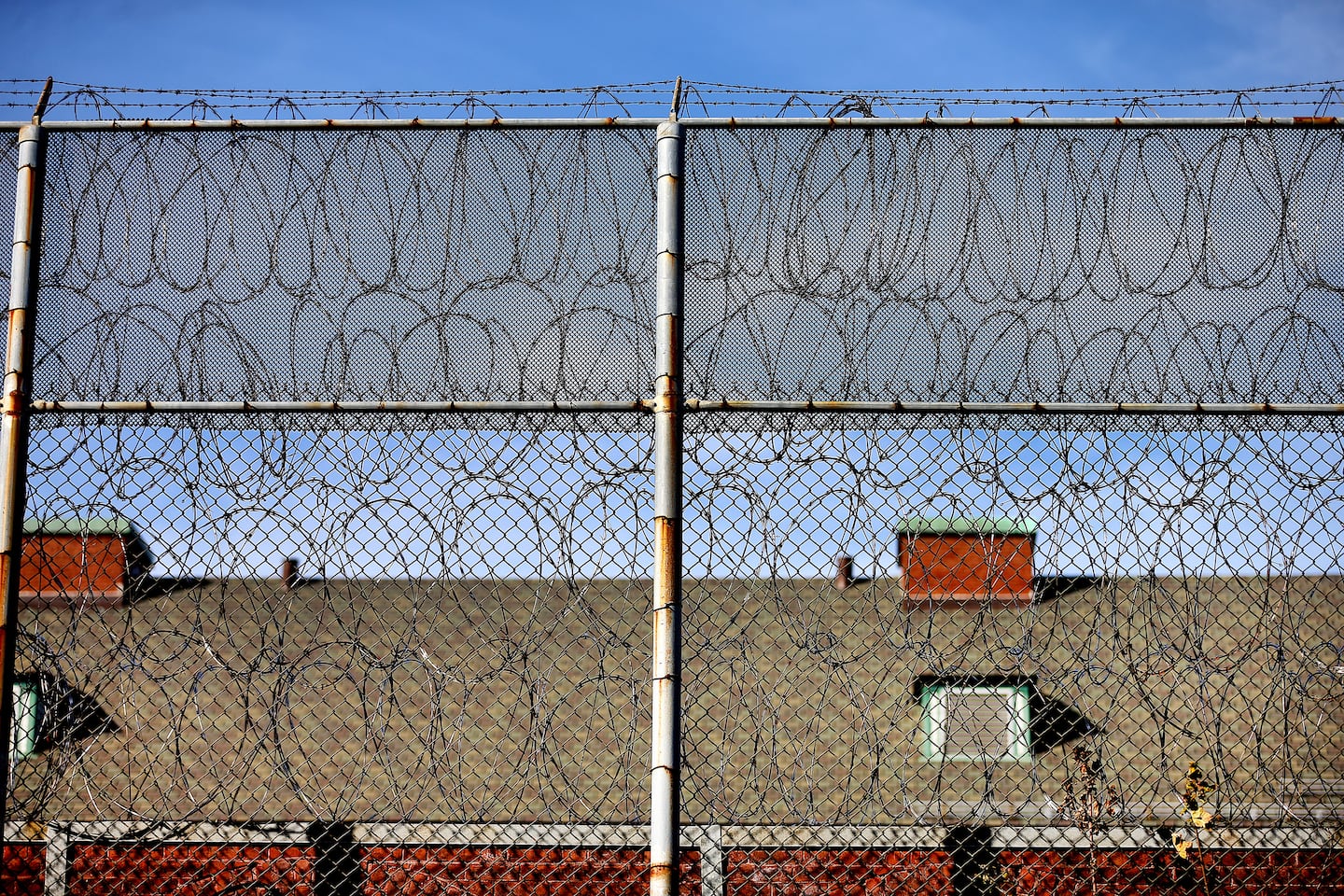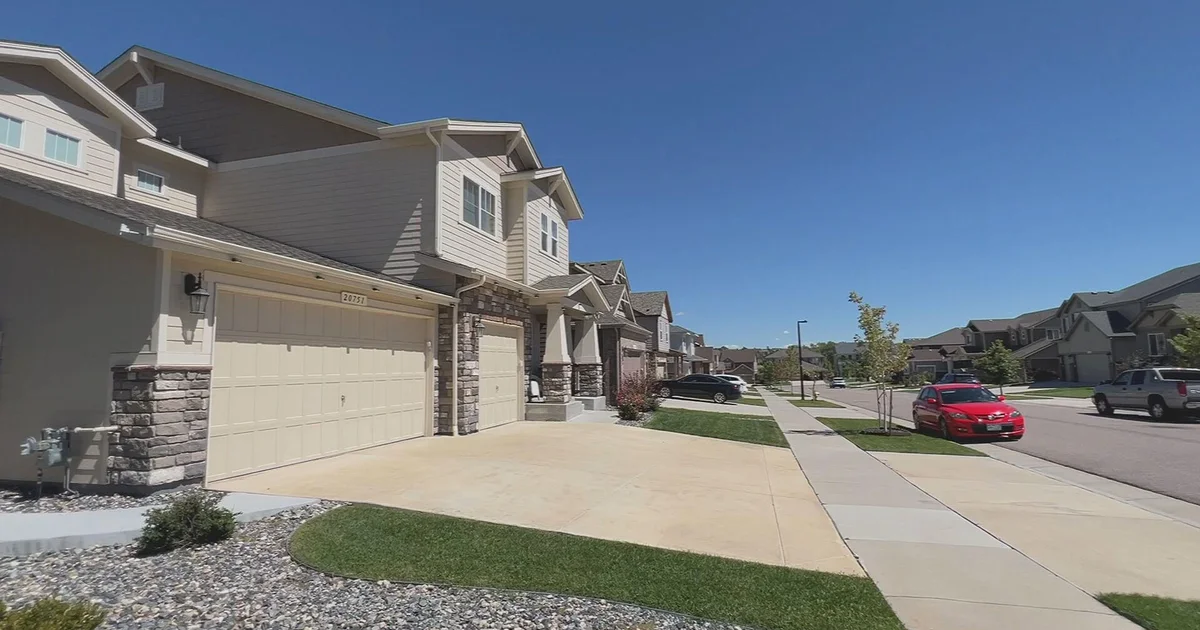Copyright The Boston Globe

Now the Senate is poised to up the ante and create a new state oversight panel to track sheriff’s spending and install a receiver to take control of their offices if they miss the mark. Sheriffs oversee county jails and houses of correction. Given their very real responsibilities, the Senate approach, should it pass when it comes up for a vote in that chamber on Thursday, would represent a sea-change in how sheriffs do business. The Senate is scheduled then to take up that wider-ranging $2.3 billion so-called close-out budget, but the joint statement issued last week by House Ways and Means Chair Aaron Michlewitz and his Senate counterpart, Michael Rodrigues, left little wiggle room about the seriousness of their intentions. “Over the past few months, serious questions and concerns have been raised about the financial and operational integrity of our sheriffs’ offices across the Commonwealth,” the statement noted, adding, “It is clear that the Legislature must act to rein in questionable spending practices and restore public confidence in the sheriffs’ operations.” The statement followed the recent indictment of Suffolk County Sheriff Steve Tompkins on federal extortion charges. Tompkins has been on leave, pending his trial. Norfolk County Sheriff Patrick McDermott recently agreed to pay $36,300 under an agreement with state campaign finance officials who accused him of an unlawful use of campaign funds. And a recent Globe report found McDermott had charged thousands of dollars in online tutorials for such topics as how to grow a business to his taxpayer-funded credit card. The Boston Herald has also done extensive reporting on the use of those “P-cards” by sheriffs for meals and travel. Whatever the reason, spending by the sheriffs this year has increased, according to an analysis by State House News Service, by 22 percent. And while sheriffs like to blame the no-cost phone call program for prisoners — mandated by the Legislature — lawmakers aren’t so sure about that. There was, however, agreement by budget writers to two items within the sheriffs’ sought budget hike — $12.5 million for the free calling program that allows those incarcerated in county facilities to place calls from inside prison. The House last week also approved some $14 million for the cost of services provided by the sheriffs for involuntary commitments made through the court system — so-called Section 35 commitments for drug or alcohol addiction. But the bulk of the additional funding, contained in Governor Maura Healey’s version of the spending bill, will remain on hold, pending the inspector general’s investigation and report, which under the House version of the bill should be completed by Feb. 27, 2026. (The Senate bill would give the IG until the end of June, which might be an excessively long period of time.) The probe is to include “a detailed accounting of expenditures made by the sheriffs’ offices” for the current year and “a review of spending by sheriffs’ offices on activities not specifically required by statute, case law or court order and how such spending has changed over time.” And while modest cost overruns are nothing new — last year Healey and the Legislature approved a $46 million increase (about 6 percent of annual spending) — this year’s was off the charts. Hampden County Sheriff Nick Cocchi led all requests, according to an analysis by the Office of Administration and Finance — looking for an extra $33.4 million. Cocchi, who was arrested last year for drunken driving, also runs the Western Massachusetts Recovery and Wellness Center, which accepts Section 35 admissions. Tompkins was seeking $28.4 million and Plymouth County Sheriff Joseph McDonald Jr. was looking for $21.6 million. The sheriffs collectively have grown accustomed to the blank-check approach to budgeting, but that assumed that final check would be within reason — and that their own behavior would be above reproach. This year all of that has come into question along with the role of sheriffs themselves as a special state commission explores how county correctional facilities could be revamped or consolidated. Sheriffs — and the facilities they operate — remain a critical part of the state’s criminal justice system, one funded by the taxpayers. This long overdue scrutiny — by lawmakers and the inspector general — couldn’t come at a better time.



